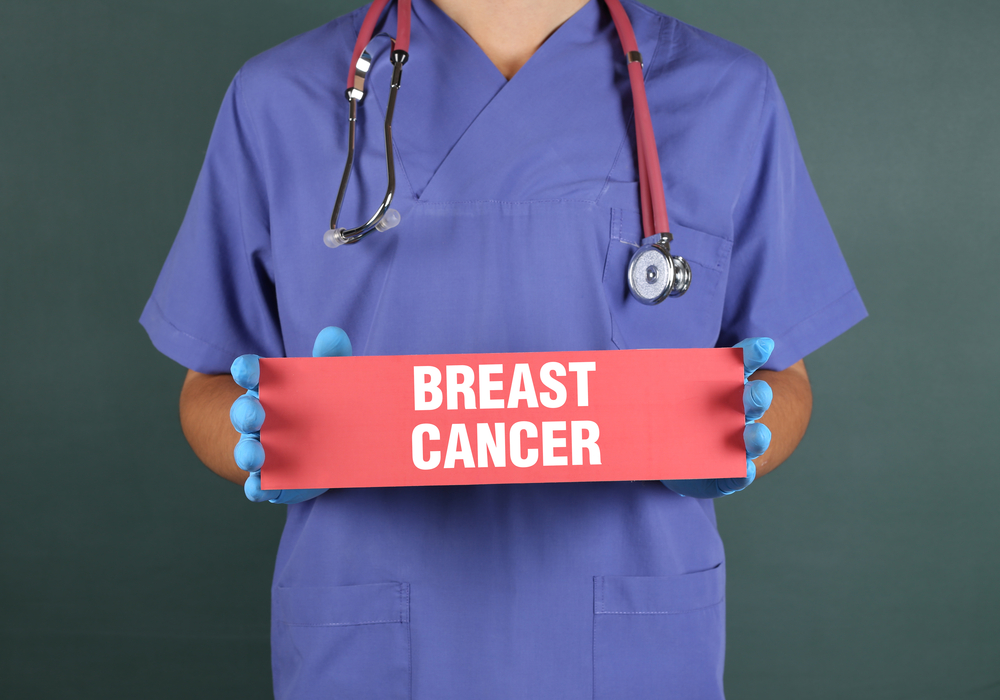 A recent study, titled “Uptake and Costs of Hypofractionated vs Conventional Whole Breast Irradiation After Breast Conserving Surgery in the United States, 2008–2013”, published in JAMA, has assessed the frequency of hypofractionated whole breast irradiation (WBI) use, compared to conventional WBI, after breast-conserving surgery in American women, from 2008 through 2013.
A recent study, titled “Uptake and Costs of Hypofractionated vs Conventional Whole Breast Irradiation After Breast Conserving Surgery in the United States, 2008–2013”, published in JAMA, has assessed the frequency of hypofractionated whole breast irradiation (WBI) use, compared to conventional WBI, after breast-conserving surgery in American women, from 2008 through 2013.
When women are diagnosed with early-stage breast cancer they can be eligible for breast-conserving surgery, typically including a lumpectomy trailed by radiation treatment consisting of irradiation of the entire breast with an external beam for a period of approximately 6 weeks.
Hypofractionated and conventional WBI consist of the same radiation volume, however, in hypofractionated treatment, the dosage of each individual session is higher, ultimately enabling patients to receive the same amount of radiation in a shorter period of type. Nonetheless, both treatments have the same impact on cancer cells.
The University of Pennsylvania Perelman School of Medicine research team defined hypofractionated treatments as those spanning 11-24 fractions over a period of 3 weeks, and conventional as 25-40 treatments over a period of 6 weeks. Researchers found that even though the percentage of patients who receive hypofractionation increased from 10.3% to 34.5% throughout a 5-year period, most women eligible to receive this type of therapy, did not.
This translates into longer periods of unnecessary treatment administration, that have implications in several aspects of the patient’s quality of life, such as emotional distress or long distance traveling to receive radiation.
[adrotate group=”1″]
Importantly, the authors found this trend also had a financial impact, as the total health care expenditures in the first year after diagnosis were always higher for conventional WBI when compared to hypofractionated treatment.
Dr. Frank A. Vicini, MD, FACR, Chief Academic Officer for Michigan Healthcare Professionals, Professor of Radiation Oncology for the Oakland University-William Beaumont School of Medicine in Rochester, commented on the implications of this study in a recent OncLive article, “Women with early-stage breast cancer have a wide range of breast cancer options, which is a great thing, but it can mean also mean making difficult choices regarding treatment. In order for patients to choose the best treatment option, they need to be offered the most up-to-date and accurate information. Without your hands-on interaction out of the gate, women may not be able to make the most informed decisions.”


